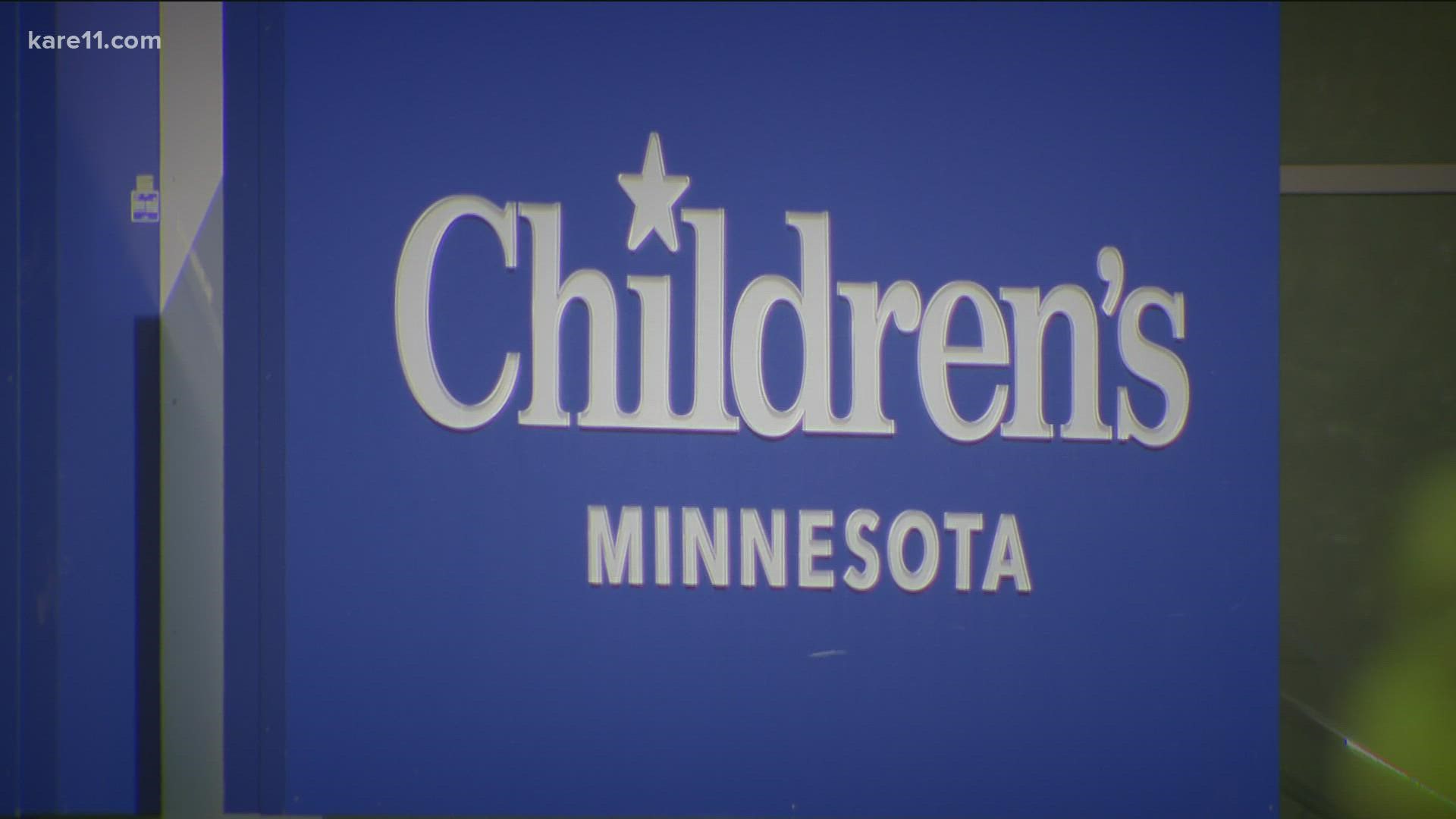Hospitalizations for children with COVID-19 hit a pandemic high across the U.S. last week, but what does this say about the delta variant’s effect on kids?
According to the latest data from the American Academy of Pediatrics, last week just shy of 94,000 kids tested positive for COVID-19, representing about 15% of all new cases.
Cases among children have nearly tripled in three weeks, but to give it context, it's far less than pandemic peak of 211,466 child COVID cases during one week in January.
That said, hospitalization rates have shot up for youngsters, now an all-time high in the U.S., according to the U.S. Centers for Disease Control and Prevention.
This also needs context.
The spike in cases is coming from a handful of states where the virus is flourishing. Hospital submissions of children are still the lowest among any age group.
“We are not seeing a whole lot of increased severity in the kids that are testing positive with COVID right now,” said Joe Kurland, a vaccine specialist and infection preventionist at Children’s Minnesota. “What we are hearing from our Children's hospitals in Southern states, some partners down in Louisiana, Florida, they are seeing a lot of hospitalizations. They are seeing pretty severe cases, but I think that's more a factor of the large number of people that are becoming sick, and you expect to see a proportion of those having more severe cases than others.”
Kurland says the positivity rate among Minnesota kids is around 4.5% right now, double the previous week but nowhere near the 9-12% the state saw over winter.
“At Children's MN right now we aren't seeing a large number of patients being hospitalized for COVID at this point. I think the main concern is as we go back to the school year, as we get kids going back to in-person classes, indoors and where masking is going to be optional, that's where we are going to see increasing numbers in kids,” said Kurland.
He said Children’s is seeing a marked increase in RSV and rhinovirus infections right now. They are viruses that typically peak during winter months, but Kurland said he believes the unmasking and loosening of COVID safety protocols gave the viruses room to spread at an unusual time.
Data from the CDC shows positive antigen tests for RSV nearing peak levels of November 2019 right now in the Upper Midwest.

